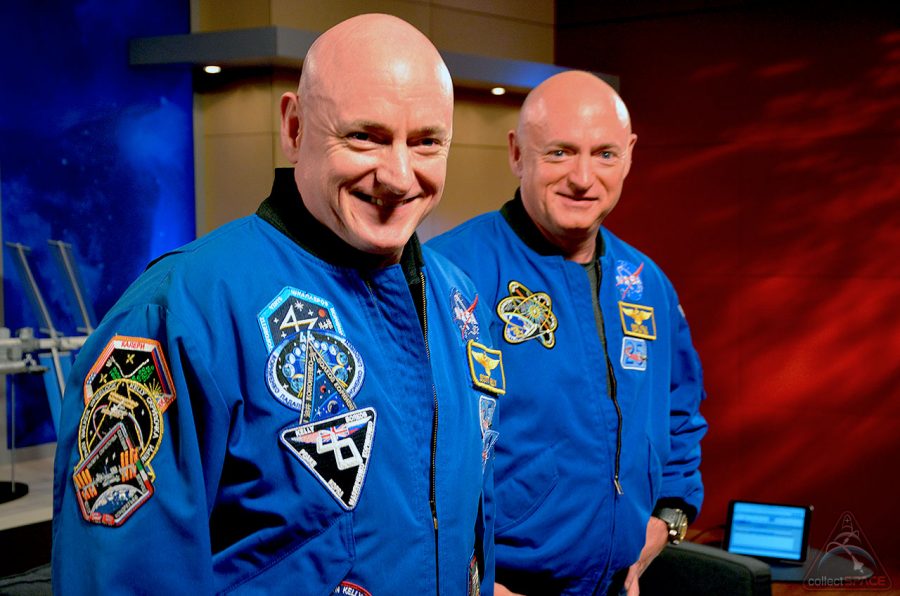Two years ago, NASA sent one of two identical twins to space. Yesterday, the National Aeronautics and Space Administration informed the results of an experiment never performed before.
Scott and Mark Kelly were gathered and recruited by NASA to see what differences they would have if one of them spent a long time in space. Both twin brothers accepted and decided that Scott should be the one to make the space journey. He was sent to the International Space Station for a year, while Mark stayed on the ground.


NASA began this experiment to determine how DNA is affected after spending an extended period of time living in space. There’s actual knowledge about physical changes that humans can suffer while being up there, but nothing related to the changes genes go through after spending several months under the effects of a zero-gravity environment.
“Some of the most exciting things that we’ve seen from looking at gene expression in space is that we really see an explosion, like fireworks taking off, as soon as the human body gets into space,” says investigator Chris Mason. “With this study, we’ve seen thousands and thousands of genes change how they are turned on and turned off. This happens as soon as an astronaut gets into space.”
When Scott came back, the space agency’s scientists started right away the analysis to compare how his DNA changed, along with any other difference his body suffered due to the year — 340 days, specifically — spent in the ISS. Then, they compared the results to Mark’s body and DNA.
The experiment comparing both DNAs of identical brothers after one lived a year in space is a unique and rare opportunity for NASA. The agency can now know how humans change after all the stress suffered up there.
The conclusion was more than just a simple change in Scott’s height. Scientists informed that his DNA was strongly affected after all that time he spent in space. As the principal investigator on the NASA Twins study, and an associate professor at Weill Cornell Medical College, Christopher Mason, told Business Insider, scientists could “observe the entire human biological system responding to space flight.”
Basically, researchers have a lot to think about now.
The differences between Kelly twins after one year in space
People going to space for a short period usually came back with their spine stretched, muscles shrieked, and their sleep cycle changed. But the effects of long-term exposure were not wholly assessed before.
While in space, Scott’s methylation was much higher than his brother Mark’s. This might be because he was in an environment where it was barely gravity, so his body had to adjust to it radically.
Scott also sent information of his telomeres, which are the caps at the end of chromosomes. According to the scientists, these were longer while he was in space, but then they turned to normal after he returned to Earth.
Usually, old people present longer telomeres than younger folks. This makes Susan Bailey, a radiation biologist at Colorado State University in Fort Collins, believe that’s “the opposite” of what she thought before.
Maybe because of the brother’s different diets, both of them also presented different gut bacteria throughout the long study.
The scientists informed that they would keep making more research on the identical brothers’ DNA.
Source: NASA

